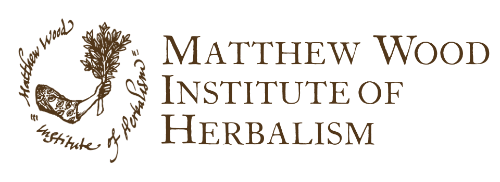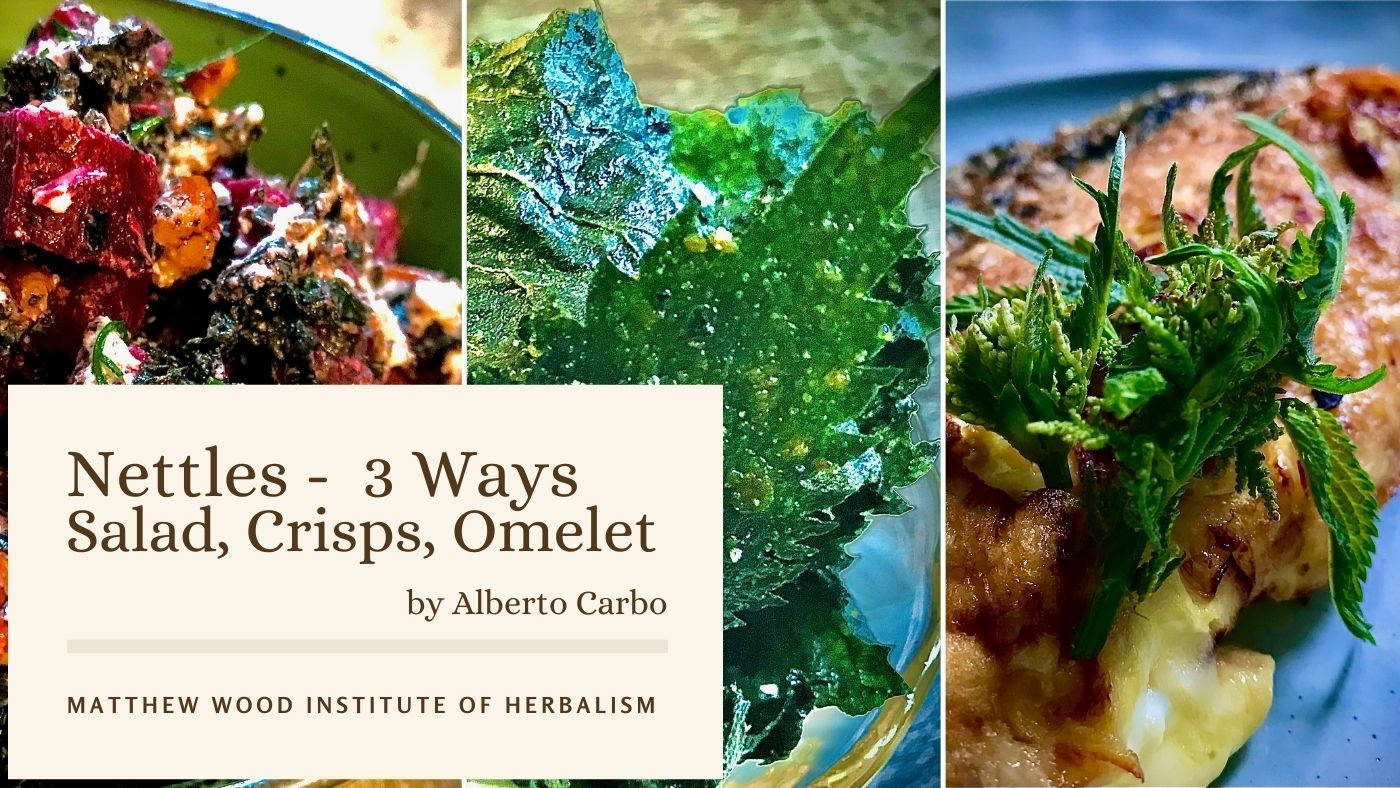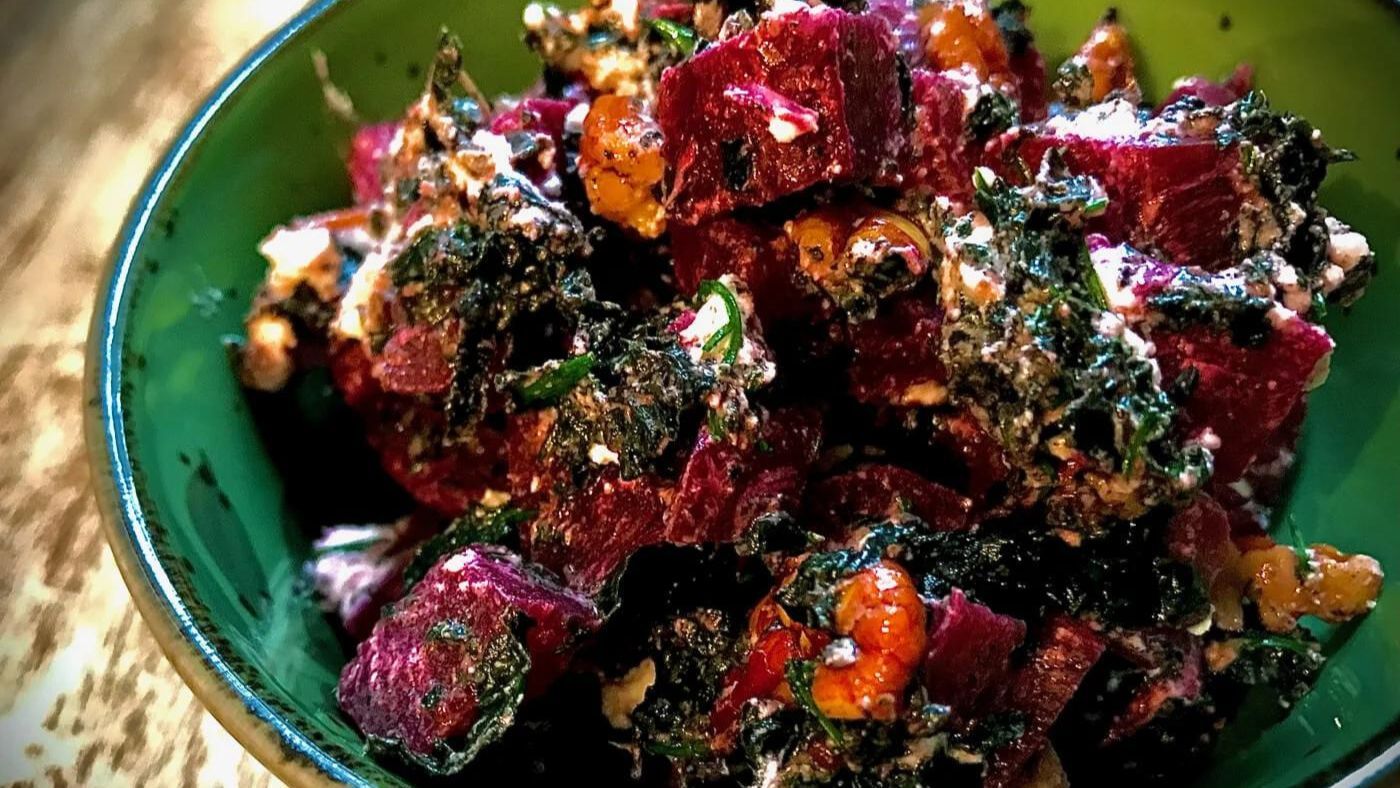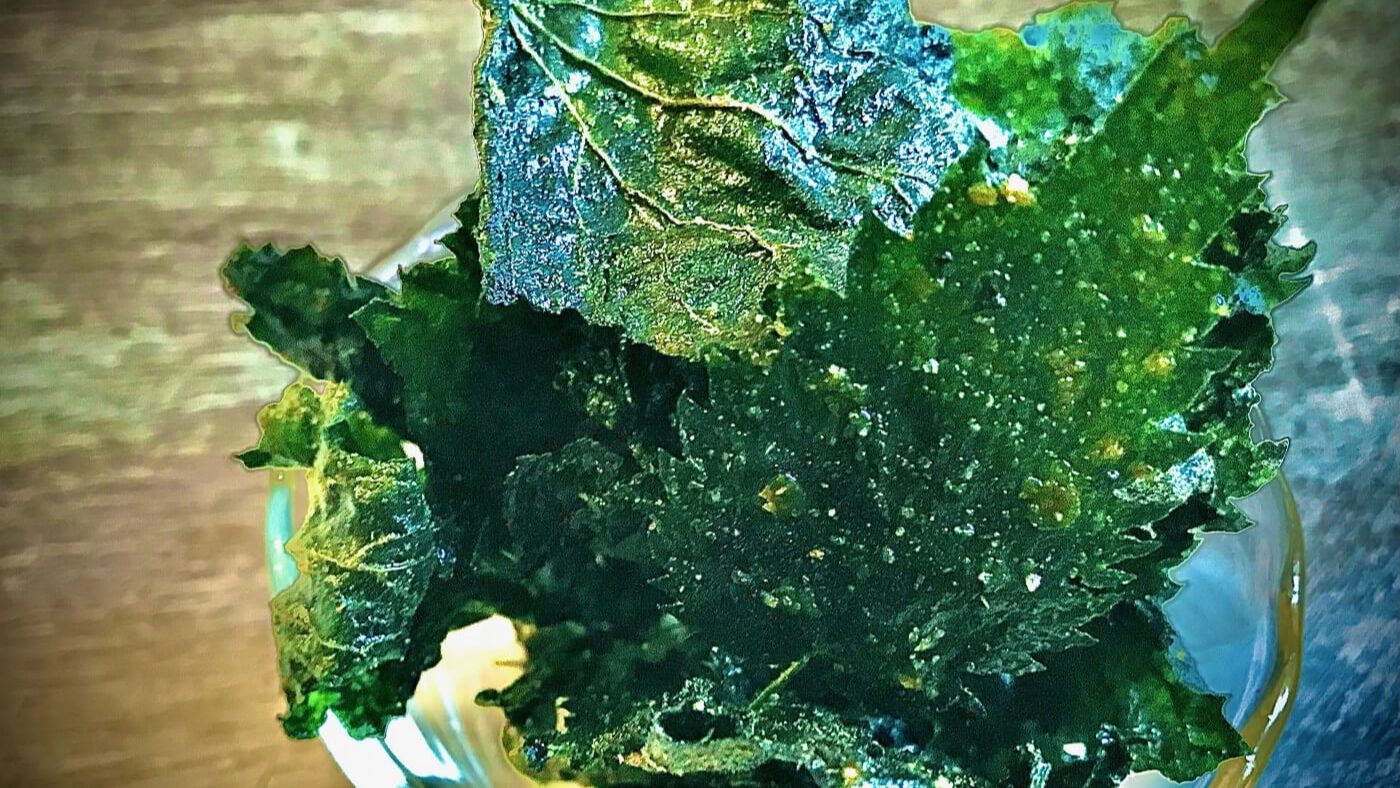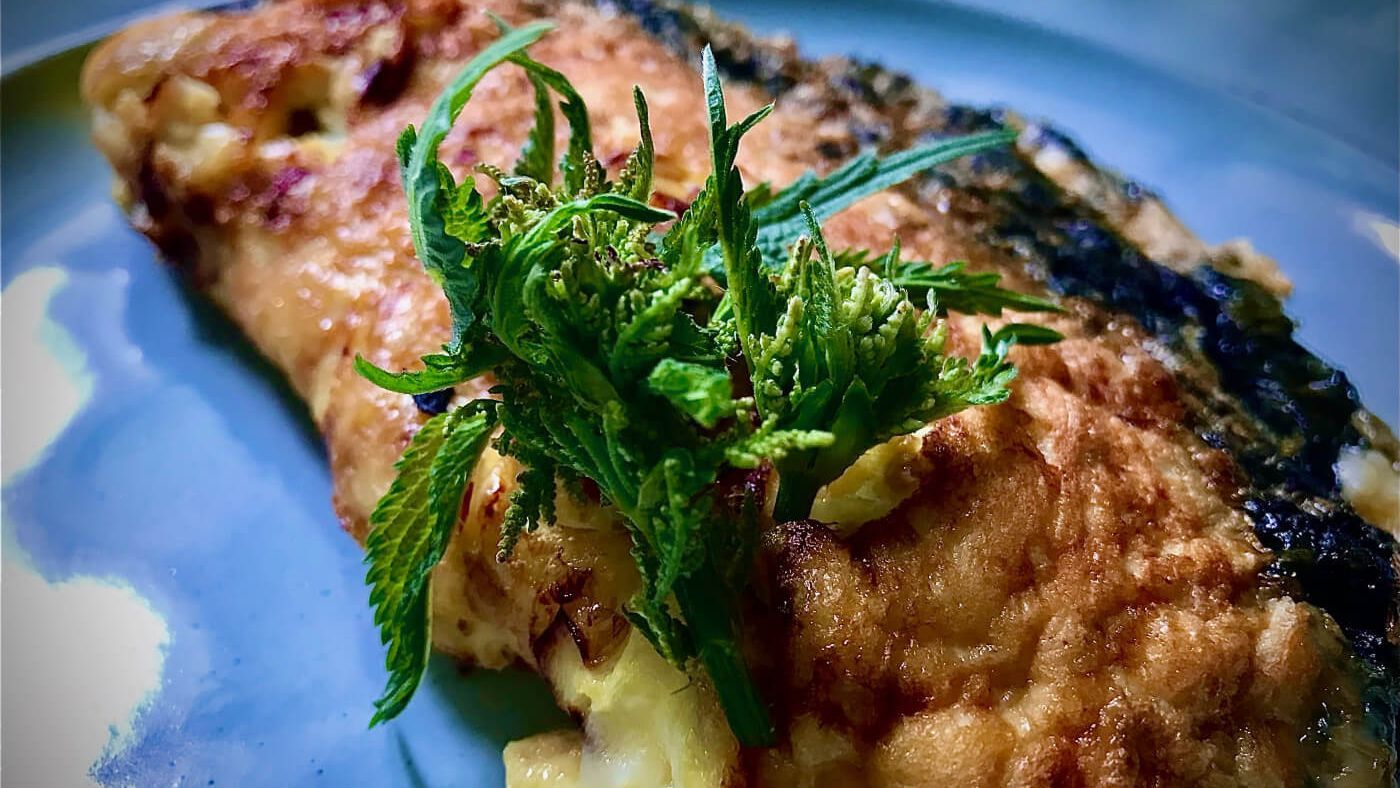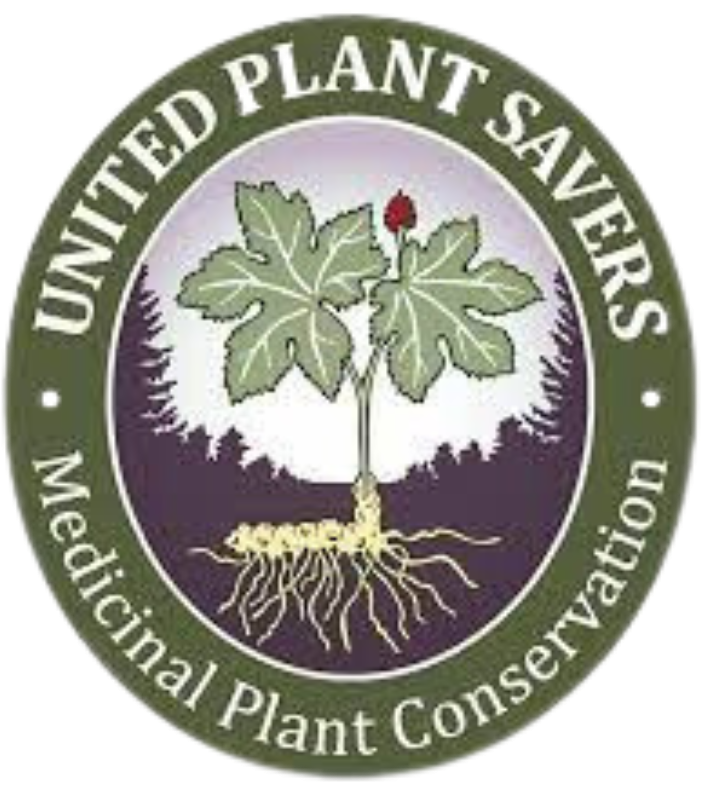Jump to Recipe
This wildly abundant plant friend is not only delicious but also a nutritional powerhouse!
Nettles, Urtica dioica, are rich in protein and iron, fiber, calcium magnesium, potassium, vitamin A, vitamin C, thiamine, riboflavine, niacin, chromium, cobalt, phosphorous, zinc, copper, manganese, selenium, and sodium.
Nettles are also rich in carotenoids, terpenoids, fatty acids, chlorophyll, tannins, sterols, polysaccharides, and isolectins.
Nettles have been a food source and a medicine for many different cultures around the world. There are some who think nettles may just be the most popularly used plant medicine worldwide.
Considering the incredible nutrient profile of nettles, and how abundantly they grow, we should largely consider eating them on a more frequent basis.
There are infinite ways to incorporate nettles into our lives! Try adding them to any dish you are already making. You can put it in butter, in sauces, soups, spanakopita, pot pies, ect.
Here are 3 different ways to use this wonderful plant!
Nettles, Urtica dioica, are rich in protein and iron, fiber, calcium magnesium, potassium, vitamin A, vitamin C, thiamine, riboflavine, niacin, chromium, cobalt, phosphorous, zinc, copper, manganese, selenium, and sodium.
Nettles are also rich in carotenoids, terpenoids, fatty acids, chlorophyll, tannins, sterols, polysaccharides, and isolectins.
Nettles have been a food source and a medicine for many different cultures around the world. There are some who think nettles may just be the most popularly used plant medicine worldwide.
Considering the incredible nutrient profile of nettles, and how abundantly they grow, we should largely consider eating them on a more frequent basis.
There are infinite ways to incorporate nettles into our lives! Try adding them to any dish you are already making. You can put it in butter, in sauces, soups, spanakopita, pot pies, ect.
Here are 3 different ways to use this wonderful plant!
A Root, a Nut & a Leaf - Salad
Nettles Crisp
Morning Cheddar Nettlette
As always make sure to forage for plants away from roads and pollution as much as possible. Never overharvest any plant, as they are of course not only here for our enjoyment, but also here for the insects, bees, and birds. Have fun out there!
**Permissions**
You’re welcome to share this blog post on social media and link back to it—please do! All images, photos, and written content are the creative property of the author and used with permission. If you’d like to reproduce or distribute any part of this content beyond social sharing, written permission is required.
**Disclaimer**
The information provided in this digital content is for educational purposes only and is not intended as medical advice, diagnosis, or treatment. It should not be used as a substitute for consultation with a qualified healthcare professional. Always consult a licensed healthcare provider before making any changes to your health regimen, especially if you are pregnant, nursing, taking medications, or have a diagnosed medical condition.
Matthew Wood, the Matthew Wood Institute of Herbalism, Earth to Stars Productions, and their employees, guests, affiliates, and collaborators assume no liability for the use or misuse of any information presented. The application of any material is solely the responsibility of the reader or participant.
Any descriptions of herbal or natural products, remedies, or techniques are for informational purposes only. These statements have not been evaluated by the Food and Drug Administration (FDA). This content is not intended to diagnose, treat, cure, or prevent any disease.
Participation in educational programs or use of this material does not confer certification, licensure, or professional qualification in herbal medicine or any healthcare field. Results or experiences described may vary and are not guaranteed.
This disclaimer shall be governed by and construed in accordance with the laws of Minnesota, USA, without regard to conflict of law principles.
